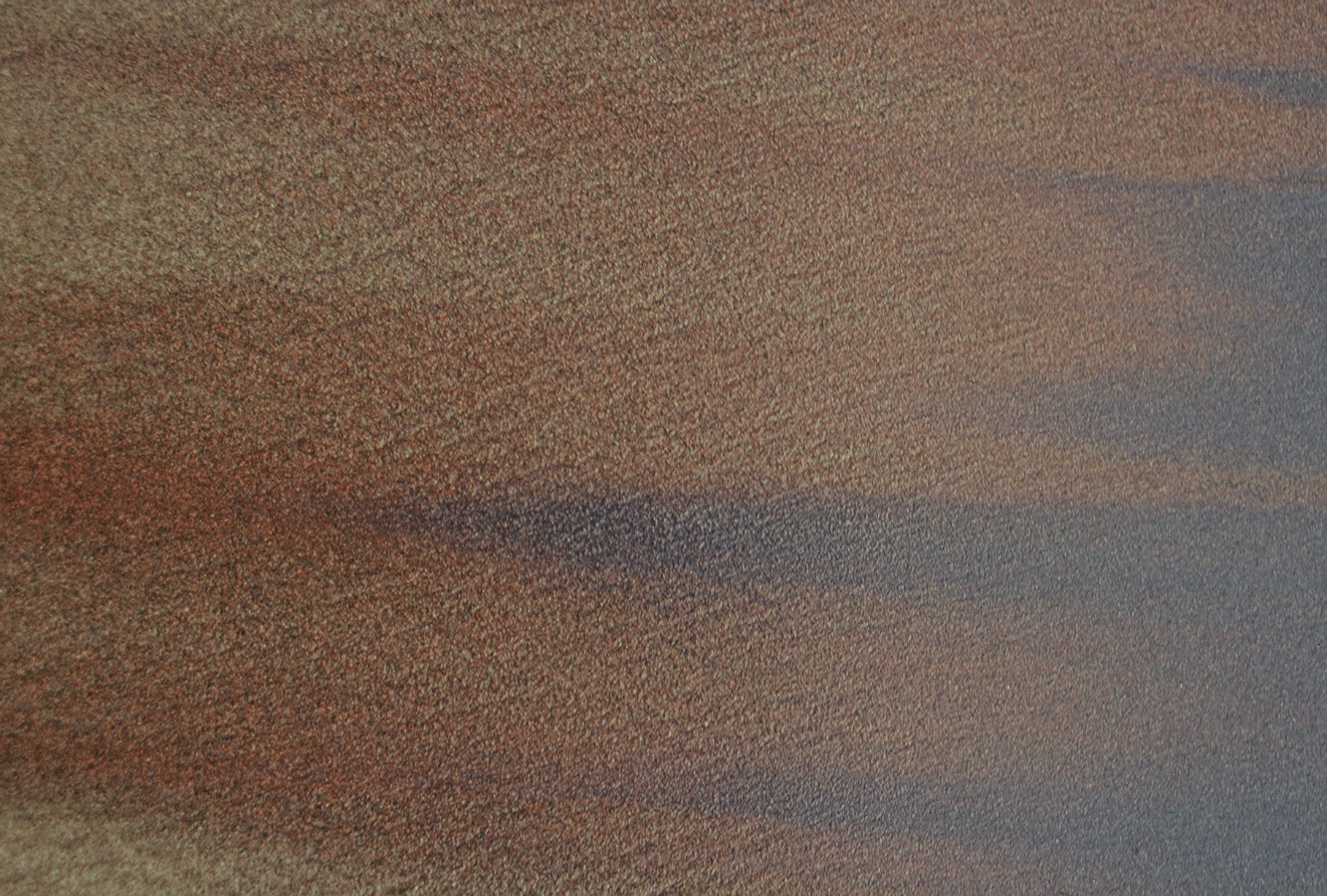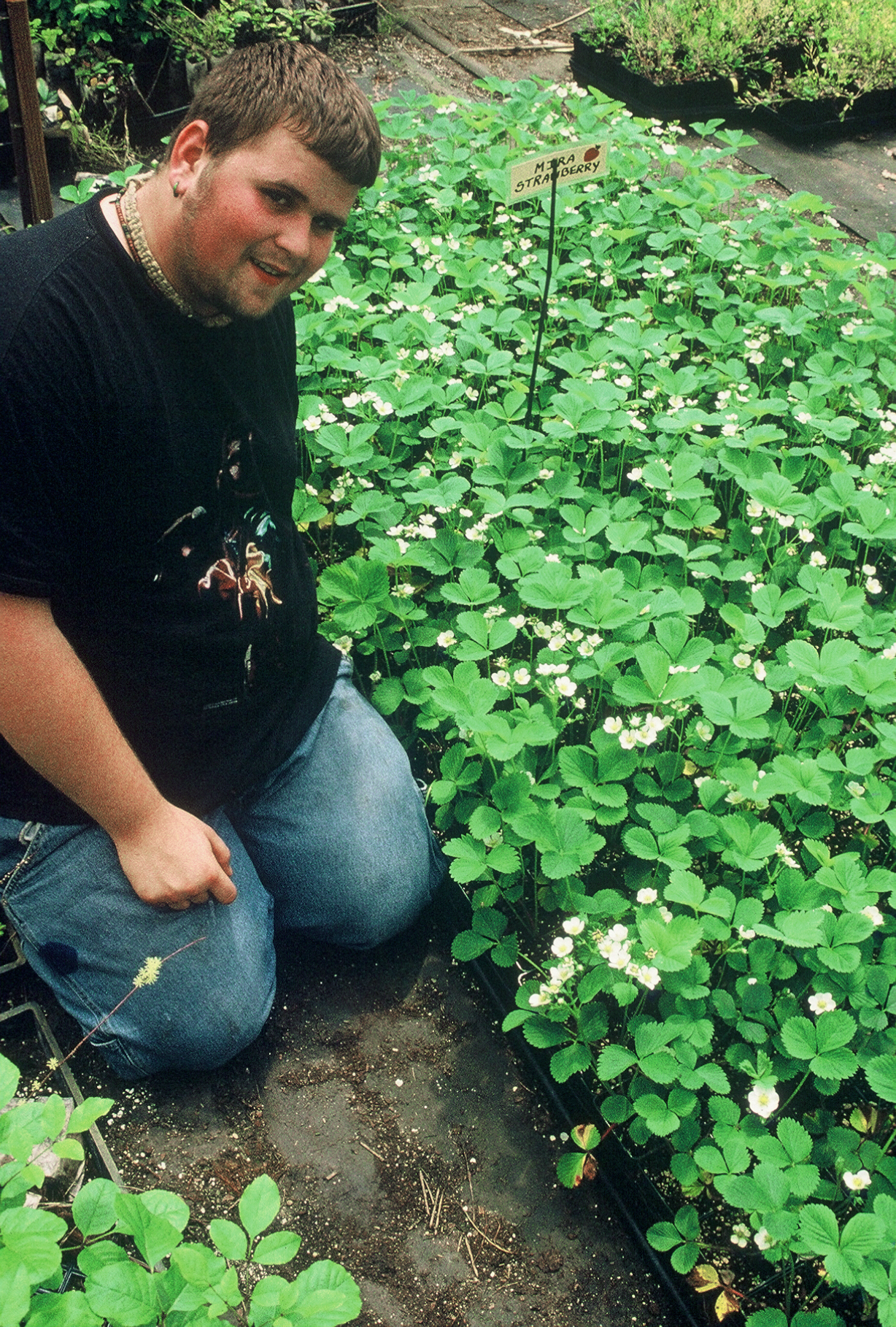


The Ozark wild gourd represents a species wild form of annual gourd that grows in the southwestern and midwestern U.S. Unlike many other wild pumpkins that have been unselected over time, the seeds and flesh are poisonous for humans to eat. The incredible bitter compounds prevents even the most adventurous tasters from even laying their tongue on a cut portion as it takes quite a few minutes to return to normal. It happens to be one of the few indigenous North American Curcubits and for the most part has not been selected for its seeds or flesh for eating.
Some plant breeders think they might be able to breed a non-bitter version of it for edible uses for humans similar to the crooked neck yellow summer squash that people eat. The seeds are quite rich in oil and it is thought a high yielding one could also create an edible oil too. But for now with all its bitter compounds, it is impossible to use for food.
Sometimes called the Ozark melon, it can grow in the most adverse dry conditions and provides a source of seeds for small mammals if they break into the dry gourds in the late fall. The seeds are dispersed once the hull is cracked. My seeds originally came from a wild population found in Missouri. There it self seeds to some extent and requires an open field situation to thrive. The foliage appears to have some resistance to browsing and if browsed quickly grows back. The foliage has a strong smell. In some ways, similar to the perennial buffalo gourd I use to grow. These plants were grown at a time when no other gourds were grown at my farm, however it is easily hybridized from other pumpkins and squash from quite a distance. These are selected for the yellow and round gourds. The population can show white and green forms too and it is uncertain if this is also part of the same population or something completely different.
Germination: Treat like squash and plant 1/2 inch deep after danger of frost. Plant spacing 4 ft. apart with 2-3 plants in each hole. Vines are competitive enough to grow over existing vegetation. Has been immune to many squash and pumpkin diseases and has very clean foliage. Gourds can be left on the ground to reseed. Once the gourds dry during winter, the seeds will pop out once broken and self sow. If unbroken pods are left it can take two years for the gourds to break down completely to allow self seeding. The seeds can continue in good germination ready state in their container this way for at least three years outside.
Free Shipping
| Plant Specs |
| Genus & Species |
Cucurbita pepo var. ozarkana |
| Seed Source |
Michigan, originally Missouri where it was collected in the wild. Cultivated at my farm and grown isolated in 2021. Can go from green to yellow. Some selections are bottle necked to some degree. |
| Height (ft) |
Plant will grow 6-8 inches tall and 10-14 ft. long. |
| Soil |
Not particular. Likely would grow anywhere pumpkins could grow plus rocky soil with little organic matter. |
| Climate |
70 to 100 days to maturity. Some variation in this. |
| Ease of Cultivation |
An incredibly easy plant to grow. Good for pollinators as well as soil stabilization, mixed wildflower plantings as well as parking lot clandestine plantings in places people do not attend or notice. Competitive with other annual grasses and plants but not so much with perennial grasses. The gourds need open soil to reseed on their own. |

